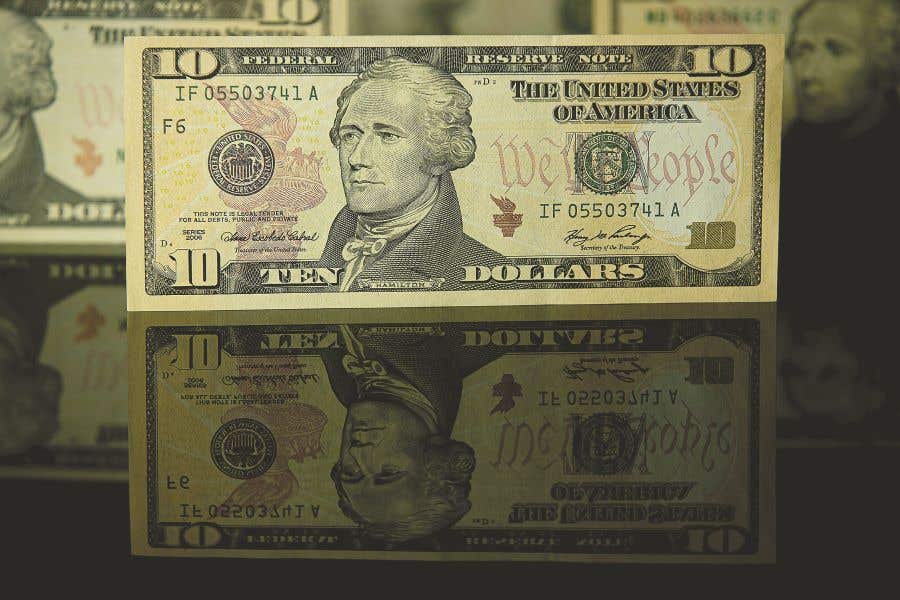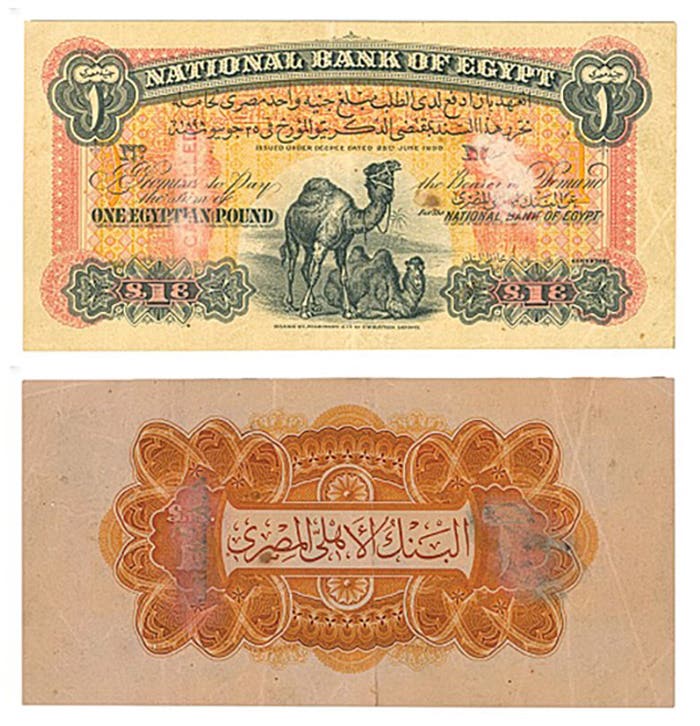A Legacy Found on Currency
The portrait of Queen Elizabeth II can be found on coins and currency across the world. Since the start of her reign in 1952, there have been numerous different designs…
The portrait of Queen Elizabeth II can be found on coins and currency across the world. Since the start of her reign in 1952, there have been numerous different designs to honor her. It would take considerable time to discuss every design from across the world, so this column will focus on the issues found within England.
Queen Elizabeth II was the first monarch to be featured on bank notes issued by the Bank of England. The Bank of England received permission to use her likeness in 1956, four years after the start of her legacy. Still, it would be several years until these new notes would be released.
The first note to make an appearance in circulation was a £1 note issued in 1960, followed by a ten-shilling note in 1961. The designer of these notes was Robert Austin. He used a portrait of the young Queen wearing the Diamond Diadem.
In 1963 and ’64 the £5 and £10 notes were released featuring a new portrait done by Reynolds Stone. She still wears the tiara from before but appears to be far less stiff and severe than Austin’s design.
The next series of notes wasn’t issued until the 1970s. The new portrait of the Queen depicts her as a little bit older and wearing ceremonial garb.
The final change came in 1990, when the Queen was 64. Designer Roger Withington captured her grace and maturity in this new portrait.
Queen Elizabeth II’s reign can be collected on honored through the coins and bank notes that were released during her 70-year reign.









